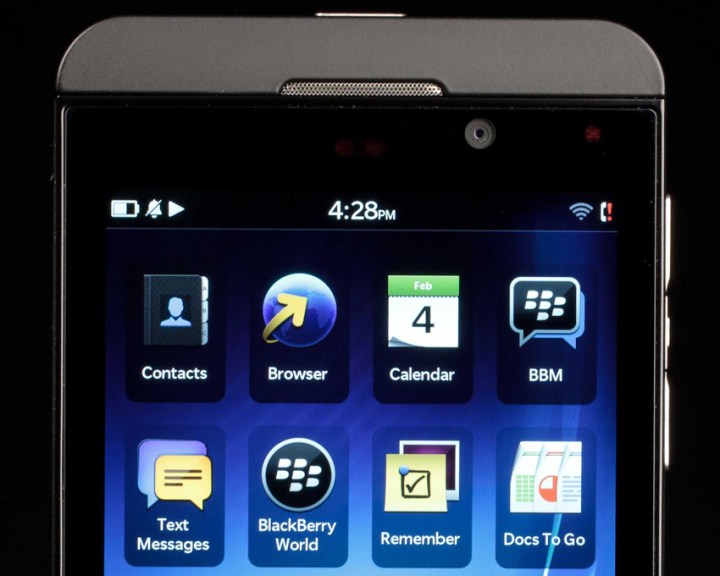
It’s all very well being concerned about ongoing support when you own one BlackBerry smartphone, but what about when you own 470,000 of them? That’s the situation in the Department of Defense, where BlackBerry devices are the only ones to have “Authority to Operate” on its internal networks, ensuring the phones have been handed out to key personnel for years.
Now, following several turbulent months for BlackBerry, the DoD is starting to get worried about the future and has started looking at alternatives, should the worst happen to BlackBerry. It seems to center around the Mobile Device Implementation Plan, which was introduced earlier this year, but work is accelerating due to these recent developments.
The idea is to move away from the primary one brand/one OS system currently in place, and towards a system which is more open. One sentence in the lengthy report on the subject sums it up nicely, as it states, “A multi-vendor mobile operating system environment” would be adopted, so it could buy hardware from whoever it liked.
So, while this is good news for other manufacturers – Samsung has already had its Android Knox secure system approved by the DoD – and for employees, it’s not good news for BlackBerry. The BlackBerry 10 operating system was certified for government use even before it launched, and then given Authority to Operate by the DoD in August, along with news that 30,000 of the new phones would be purchased before the end of the year. With another 300,000 phone orders expected before 2016, it’s an important account for BlackBerry.
All that is now in doubt, as the new system is about to start testing, with a view to begin operating on December 31. Although such a move was almost inevitable, the gears may have turned a little slower if things were more calm over at BlackBerry.
Editors' Recommendations
- BlackBerry trailer depicts the rise and fall of the iconic phone
- BlackBerry is better off dead
- A new BlackBerry with a keyboard is still on the schedule for 2022
- BlackBerry rises from the grave: New 5G phone with a keyboard coming in 2021
- TCL won’t make BlackBerry phones anymore, sending the brand back into limbo


